
🧬 Pioneering Hope: Japanese Researchers Achieve Historic Movement Restoration Using Stem Cell Therapy for Paralysis
Spinal cord injuries (SCI) represent one of the most devastating conditions in medicine, often leading to permanent paralysis and a complete loss of mobility below the injury site. For decades, the severe and complex nature of nerve damage has rendered SCI largely irreversible. However, a world-first medical milestone achieved by Japanese researchers has provided profound evidence that this paradigm is shifting, offering unprecedented hope for movement restoration.
The breakthrough involved the successful use of stem cell therapy to treat a paralyzed man following a chronic spinal cord injury. The innovative treatment focused on repairing the damaged neural pathways, leading to a remarkable recovery of motor function.
The Mechanism: Repairing the Spinal Bridge
The key to this world-first treatment lies in the specific type of cells utilized: autologous neural stem cells or induced pluripotent stem cells (iPSCs) differentiated into neural progenitor cells (depending on the specific trial, though the principle remains the same). The goal of the therapy is to bridge the gap created by the injury and replace the damaged cells that form the essential communication highways of the central nervous system.
In this landmark procedure, the cells were carefully transplanted directly into the injury site in the patient’s spinal cord. Once implanted, these progenitor cells are hypothesized to perform several critical functions:
-
Regeneration: They differentiate into new nerve cells (neurons) and supporting cells (glial cells), which help regenerate the damaged tissue.
-
Myelination: They aid in the restoration of the myelin sheath, the protective coating around nerve fibers essential for rapid signal transmission.
-
Neurotrophic Support: They secrete chemical signals (neurotrophic factors) that encourage the survival and growth of the surrounding existing neurons.
By rebuilding this neural bridge, the treatment aims to re-establish the severed connection between the brain and the body below the injury site, allowing commands for movement to be transmitted once again.
The Clinical Outcome: From Paralysis to Assisted Movement
The results reported were nothing short of astonishing and represent a significant leap forward from marginal improvements seen in previous trials. Following the treatment and intensive physical rehabilitation, the patient, who had previously been completely paralyzed, demonstrated a substantial recovery of motor function.
Specifically, the patient was able to stand and take steps with assistance. While this does not represent a complete cure or unassisted mobility, the regaining of voluntary movement in muscles previously rendered inert is a profound clinical victory. This restoration of functional motor pathways opens up the potential for improved quality of life, including bladder and bowel control, and reduced risk of secondary complications associated with immobility. This success serves as a compelling proof-of-concept for stem cell applications in regenerative neurology.
Ethical Trials and Global Implications
The clinical trial that produced this result was conducted under rigorous ethical and scientific oversight, emphasizing the safety and efficacy of the cell delivery method. This medical milestone—proving that hope can move even when the body cannot—validates decades of basic science research into stem cell biology.
The success of the Japanese researchers provides a crucial roadmap for subsequent global clinical trials. It suggests that chronic spinal cord injuries, long considered terminal in terms of neurological function, may indeed be treatable. The focus now shifts toward refining the cell delivery mechanism, optimizing the cell dosage, and integrating this therapy with advanced robotics and physical therapy to maximize functional recovery for the thousands of individuals living with paralysis worldwide.
📚 References
-
The New England Journal of Medicine (NEJM) / The Lancet: (Leading medical journals for publishing groundbreaking clinical trial results in regenerative medicine and neurology).
-
Nature Medicine / Cell Stem Cell: (Academic journals covering the basic science and translational research of stem cell therapy for neurological disorders).
-
Japan's Ministry of Health, Labour and Welfare (MHLW): (Official documentation regarding regulatory approval and oversight of advanced regenerative medicine trials in the country).
-
International Spinal Cord Society (ISCoS) Reports. (Provides context on current treatments and the significance of functional recovery milestones).
News in the same category

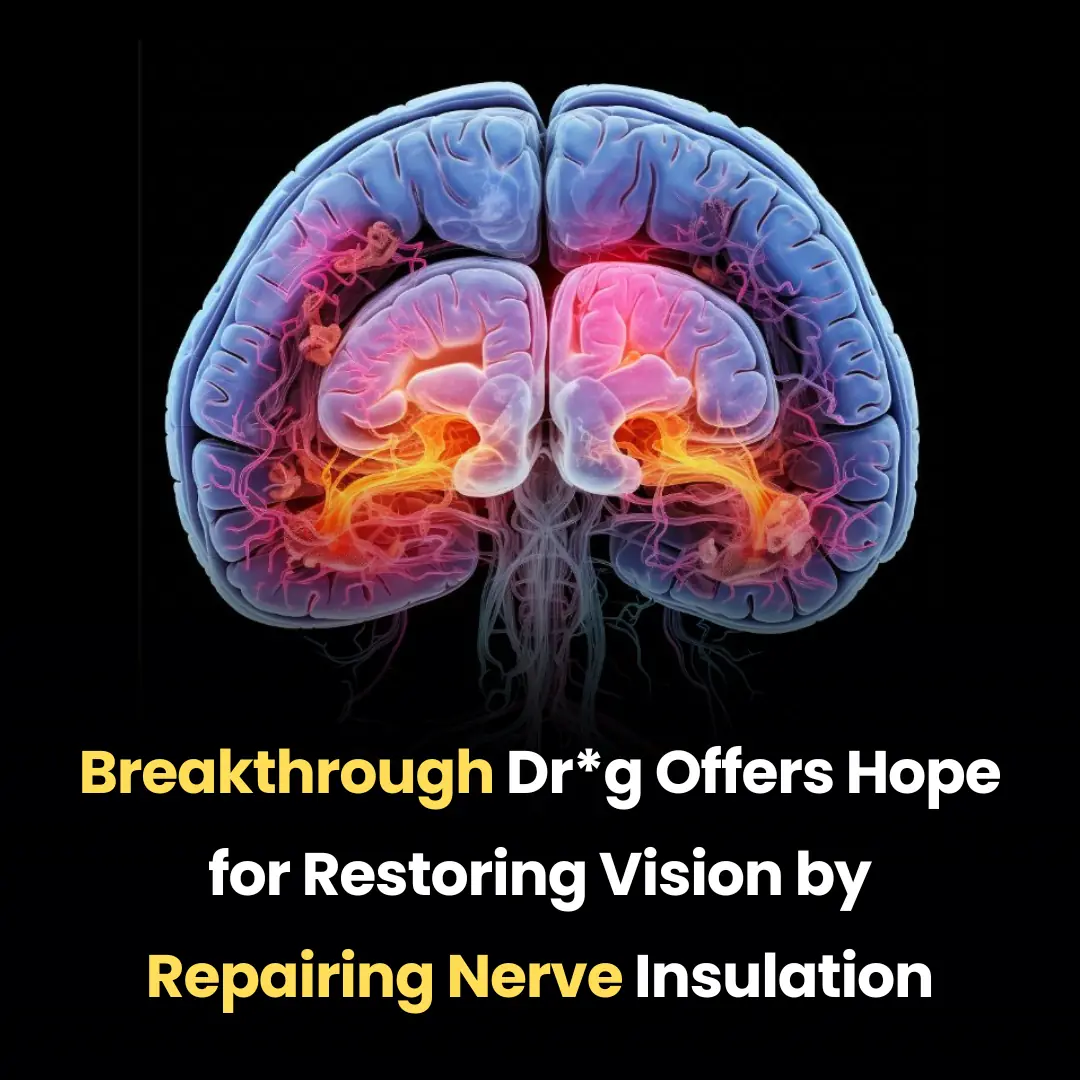
Breakthrough Drug Offers Hope for Restoring Vision by Repairing Nerve Insulation
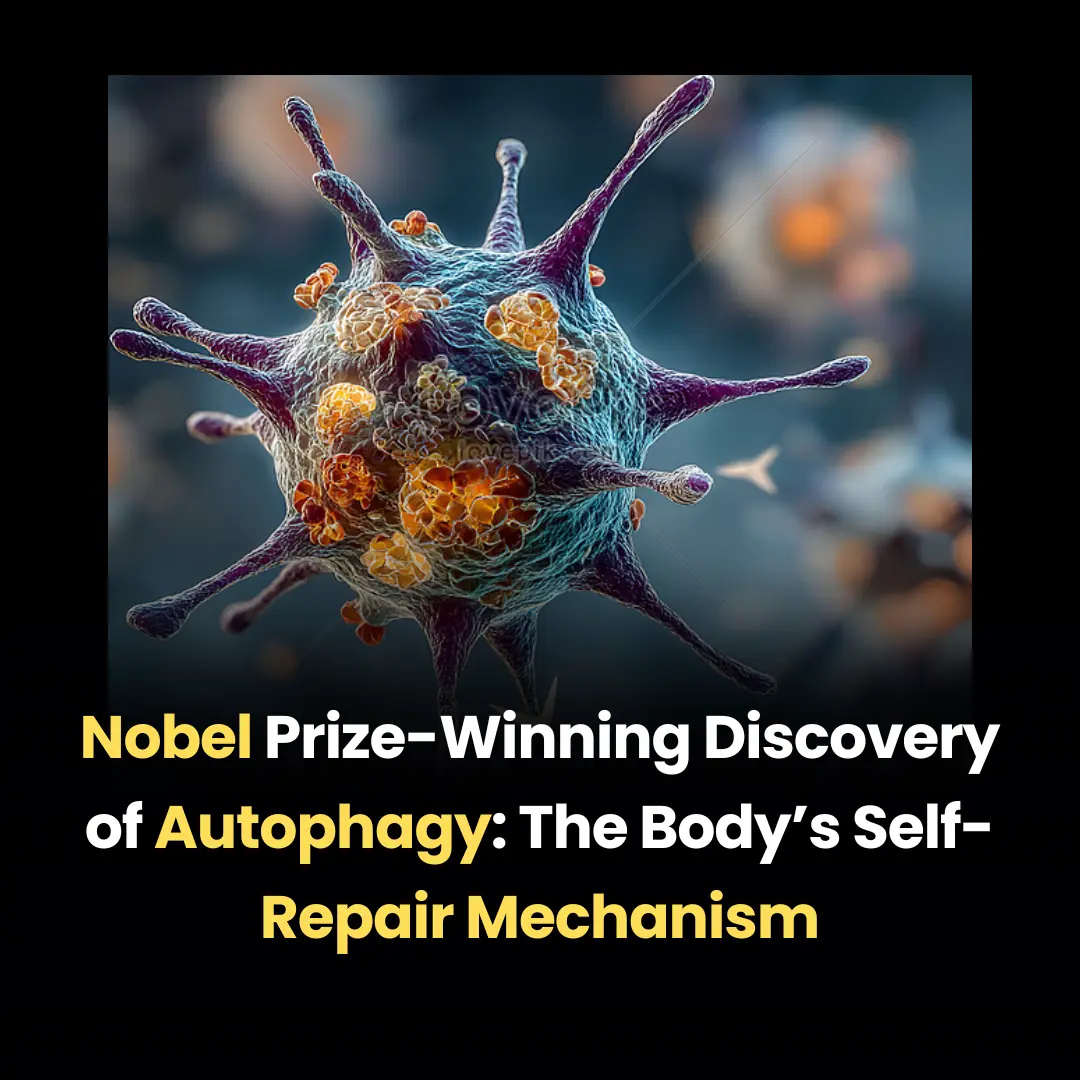
Nobel Prize-Winning Discovery of Autophagy: The Body’s Self-Repair Mechanism

Dietary RNA: A Key to Slowing Cellular Aging and Promoting Longevity

The Role of Fish Oil Supplementation in Enhancing Fat Loss and Muscle Growth: A Scientifically Supported Approach

Dandelion Root Extract Shows Potential to Eliminate Up to 95% of Cancer Cells in 48 Hours

Meet the Solar-Powered Sea Slug: The First Animal Known to Photosynthesize!

13-Year-Old Boy's Heartwarming Act of Sacrifice: Buying His Mother a Car Through Hard Work and Compassion

Simple Ways to Reduce Nighttime Wake-Ups and Improve Sleep Quality.
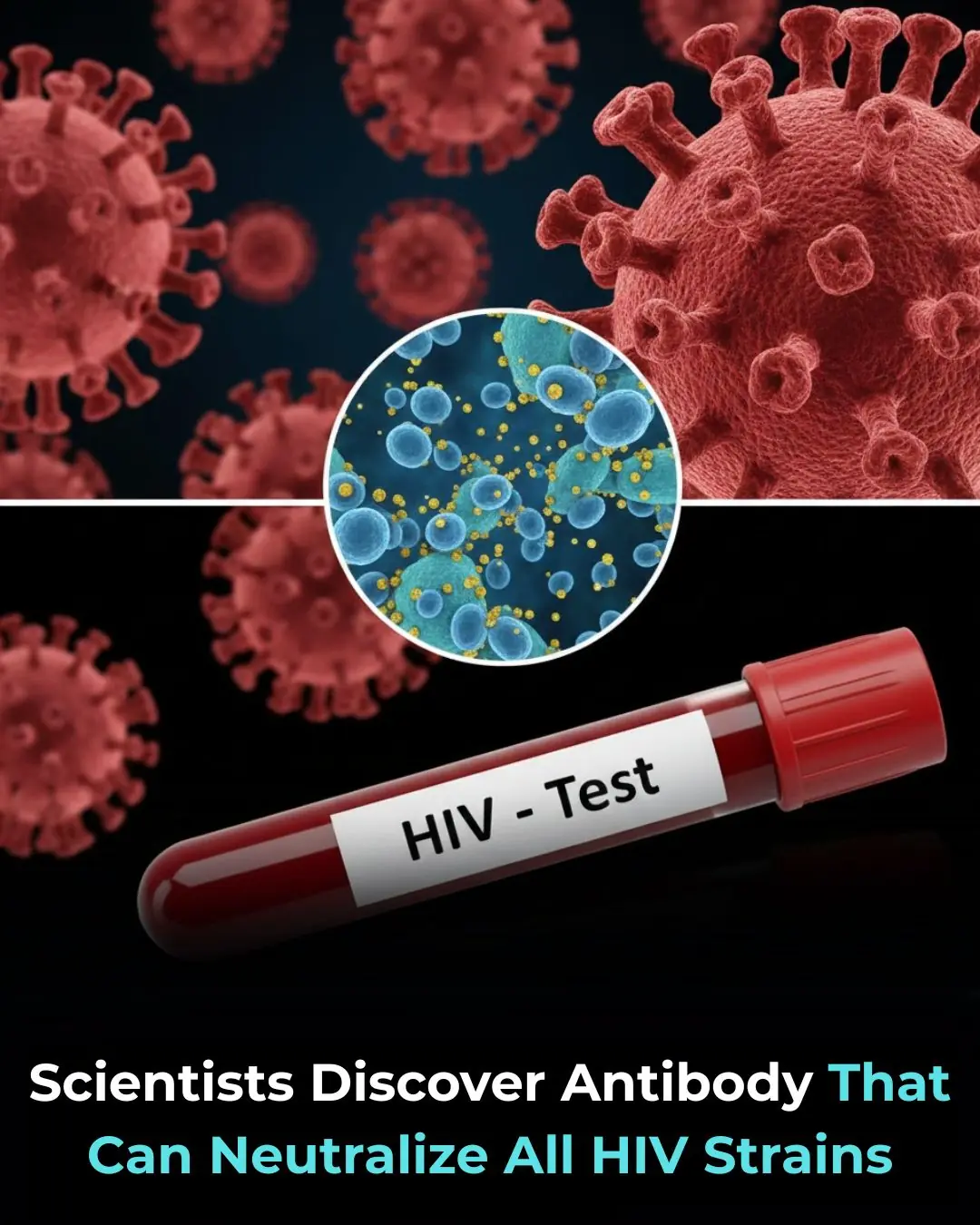
🛡️ The Holy Grail of HIV Research: A Broadly Neutralizing Antibody Targets the Virus's Achilles' Heel

🌊 Harnessing the Ocean’s Power: Scientists Pioneer a Breakthrough in Turning Seawater into Emission-Free Hydrogen Fuel
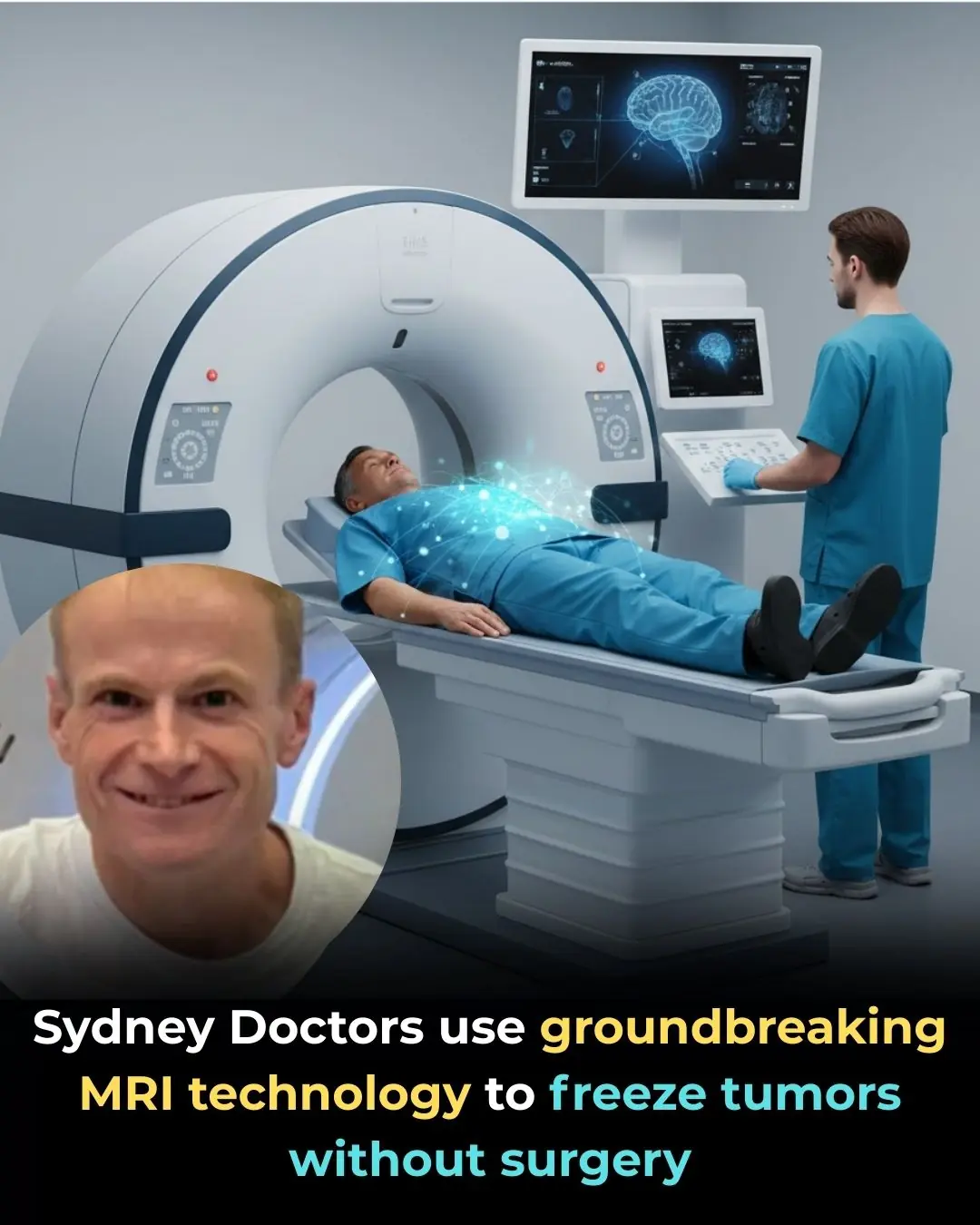
🧊 The New Frontier in Oncology: MRI-Guided Cryoablation Offers Non-Invasive, Precision Cancer Treatment

🧠 The Resilient Mind: A Case Study in Neuroplasticity Challenges the Limits of Human Cognition

🕷️ The Unexpected Side Effect: Neurotoxins in Brazilian Wandering Spider Venom and the Quest for New Medicines
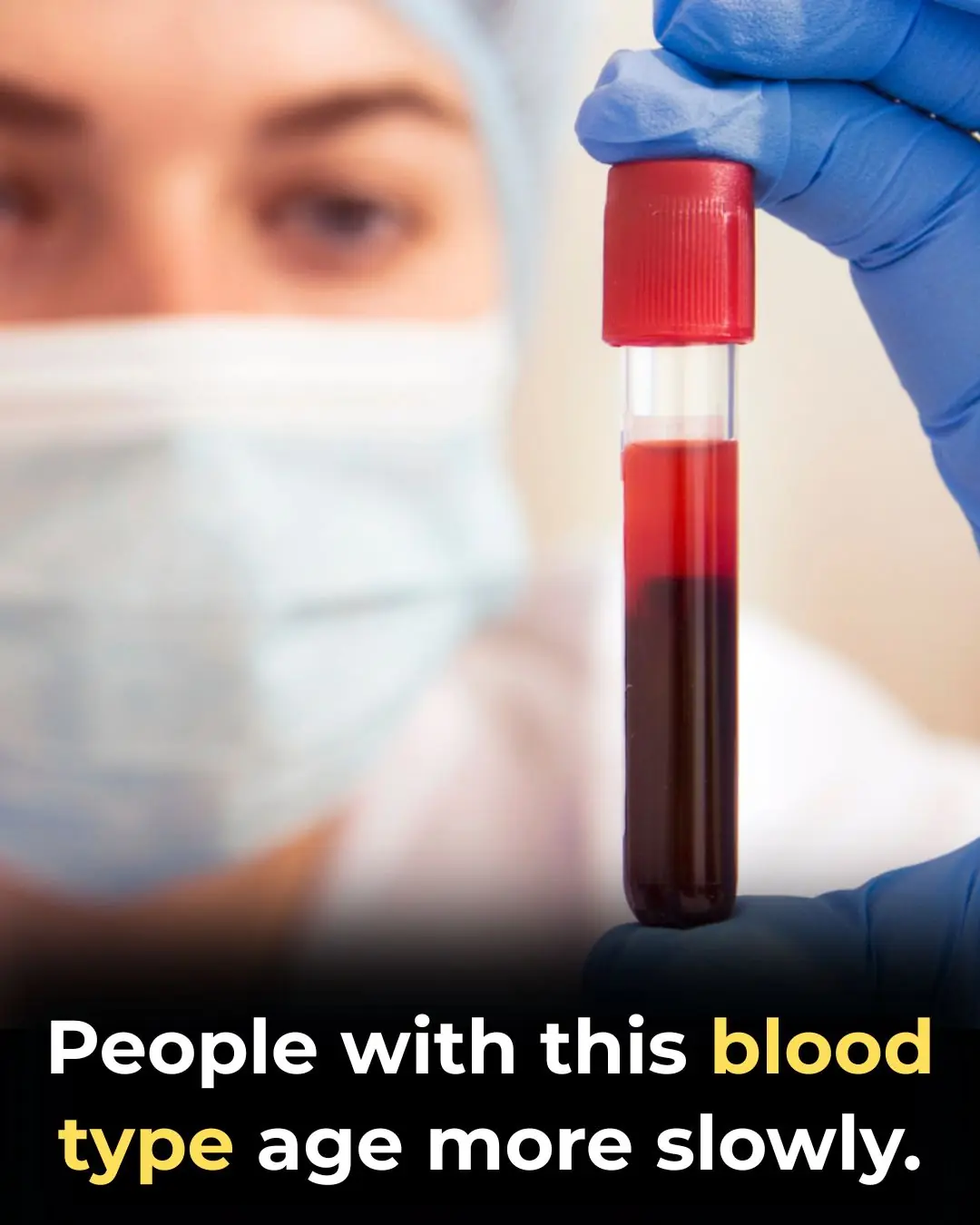
Could Your Blood Type Be Influencing How You Age

Trump Gives Update on $2,000 Check Plan
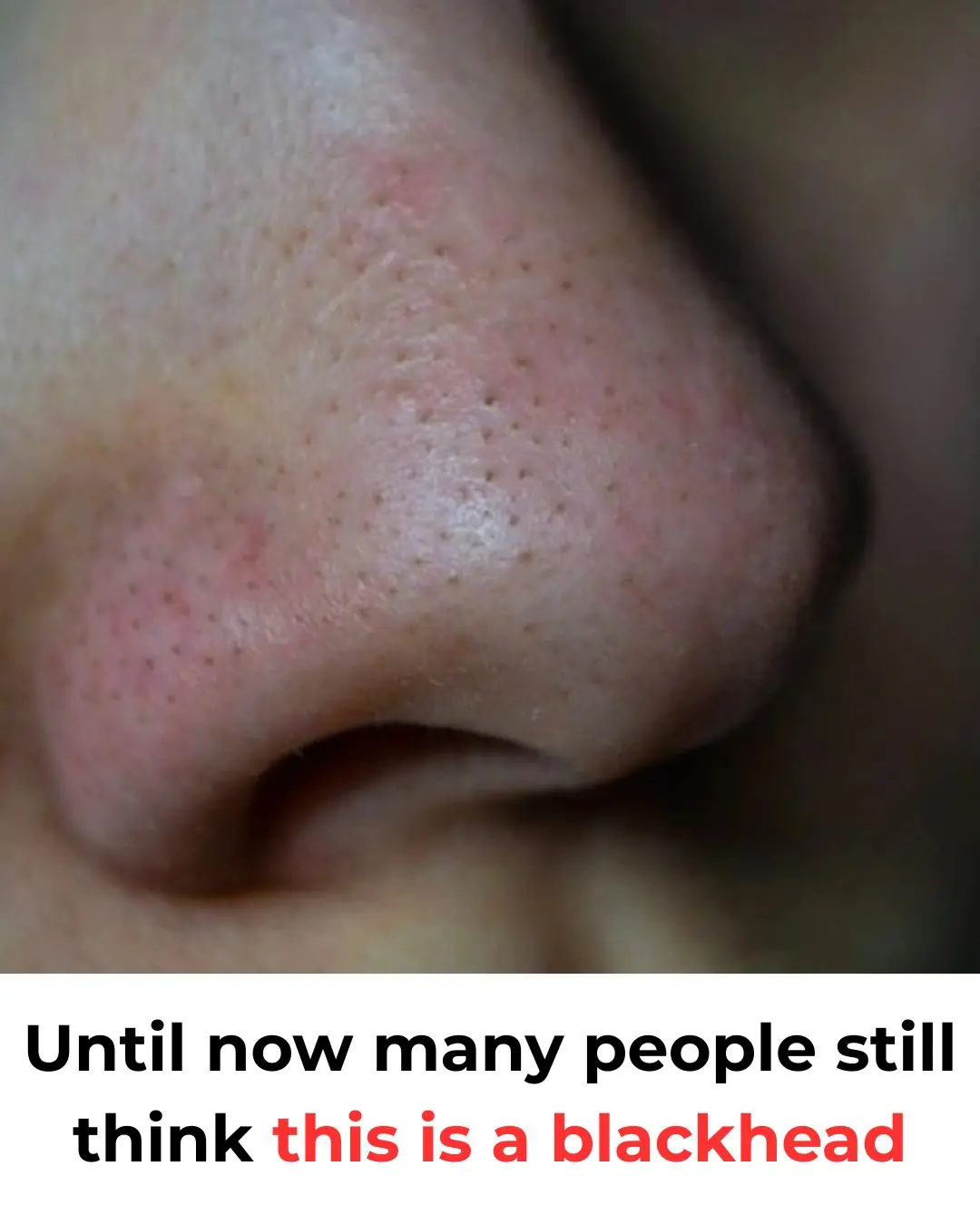
Why Those Tiny Dots on Your Nose Are Completely Normal

The Netherlands Builds a 600-Meter Floating System to Clean Ocean Plastic: A Breakthrough for Global Marine Protection

✅ International Medical Recommendations for Treating Snakebites
News Post

What Happens If You Eat 4 Whole Eggs Every Day for 30 Days?

Thicker Thighs Linked to Lower Risk of Heart Disease and Diabetes, Study Finds

Breakthrough Drug Offers Hope for Restoring Vision by Repairing Nerve Insulation

Avoid Ginger If You Have THESE Health Problems

Nobel Prize-Winning Discovery of Autophagy: The Body’s Self-Repair Mechanism

Dietary RNA: A Key to Slowing Cellular Aging and Promoting Longevity

The Role of Fish Oil Supplementation in Enhancing Fat Loss and Muscle Growth: A Scientifically Supported Approach

Dandelion Root Extract Shows Potential to Eliminate Up to 95% of Cancer Cells in 48 Hours

Meet the Solar-Powered Sea Slug: The First Animal Known to Photosynthesize!

13-Year-Old Boy's Heartwarming Act of Sacrifice: Buying His Mother a Car Through Hard Work and Compassion

Living With a Rare Condition, a 25-Year-Old Faces One of Life’s Hardest Decisions

Simple Ways to Reduce Nighttime Wake-Ups and Improve Sleep Quality.

Aretha Duarte Makes History As First Black Latin American Woman To Climb Mount Everest
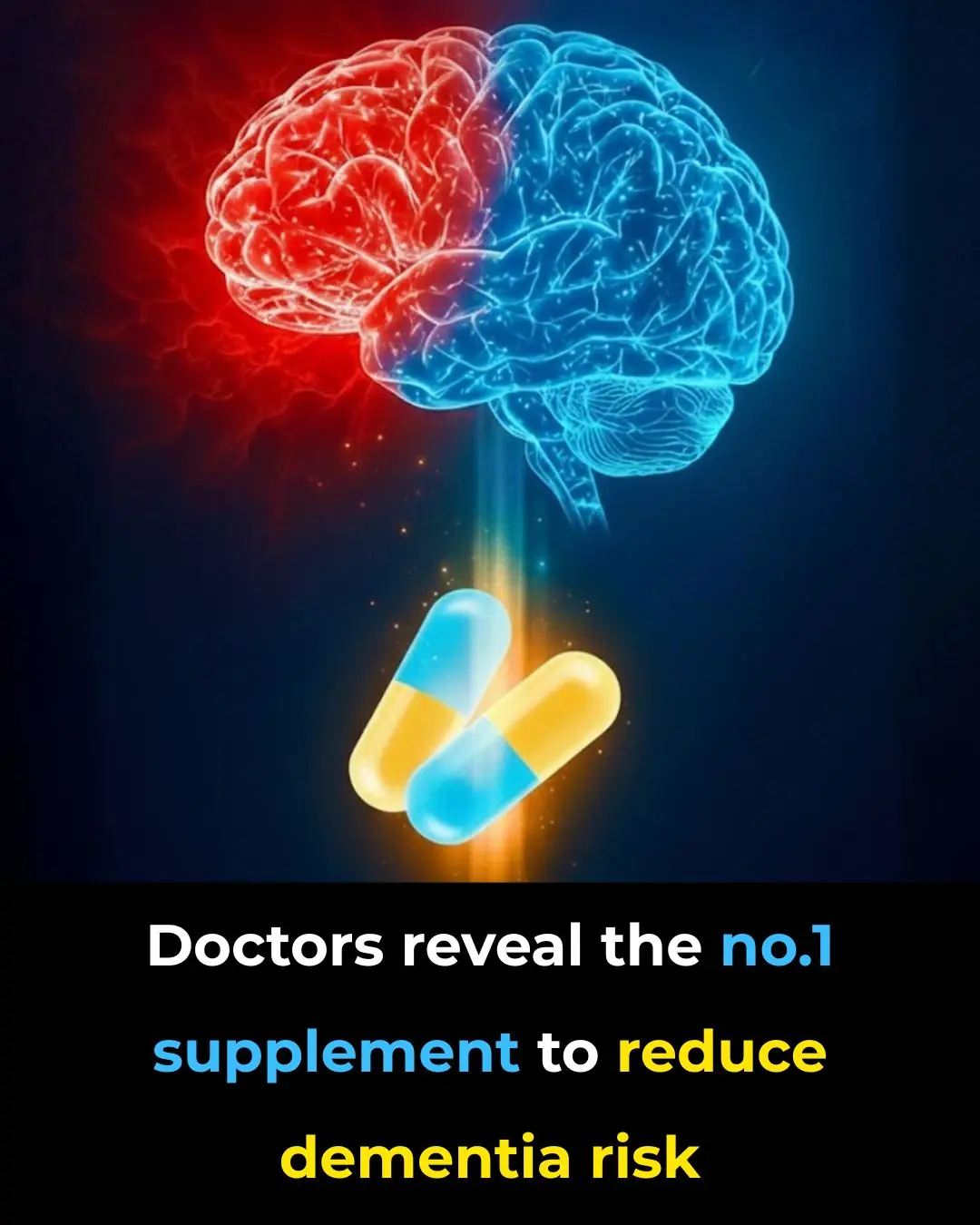
Doctors reveal the #1 supplement to reduce dementia risk

The Coffee Photo That Survived the War.

Issa Rae Opens New ‘Downtown Dough’ Pizzeria in L.A.

From Hardwood Hero to Human Inspiration: The Legacy of Rodney Rogers.

The step-by-step plan to drop 30 pounds quickly in 2025

The Weight Bryce Couldn’t Carry Alone.
